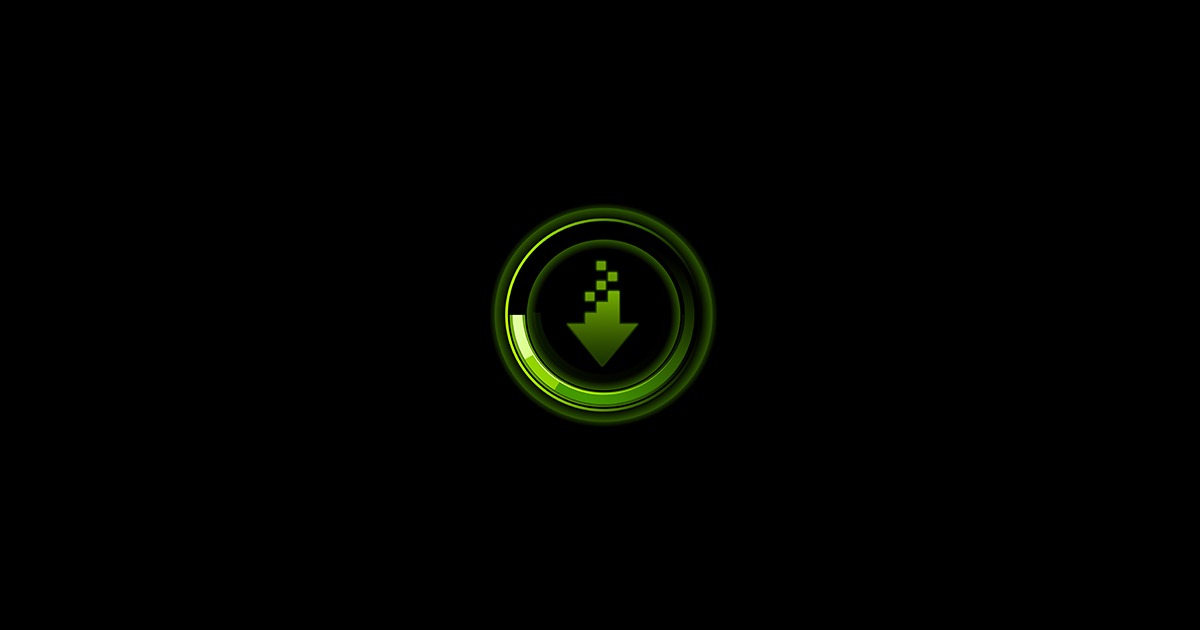Chuck(G)
25k Member
HT can be useful on a CPU with one or two cores, but on multi-core systems, it can actually drag down performance. I figure 14 cores are enough to work without HT. Memory traffic will see to that.Ryzen chips use SMT or Simultaneous Multi-Threading. Basically the same thing or results.

